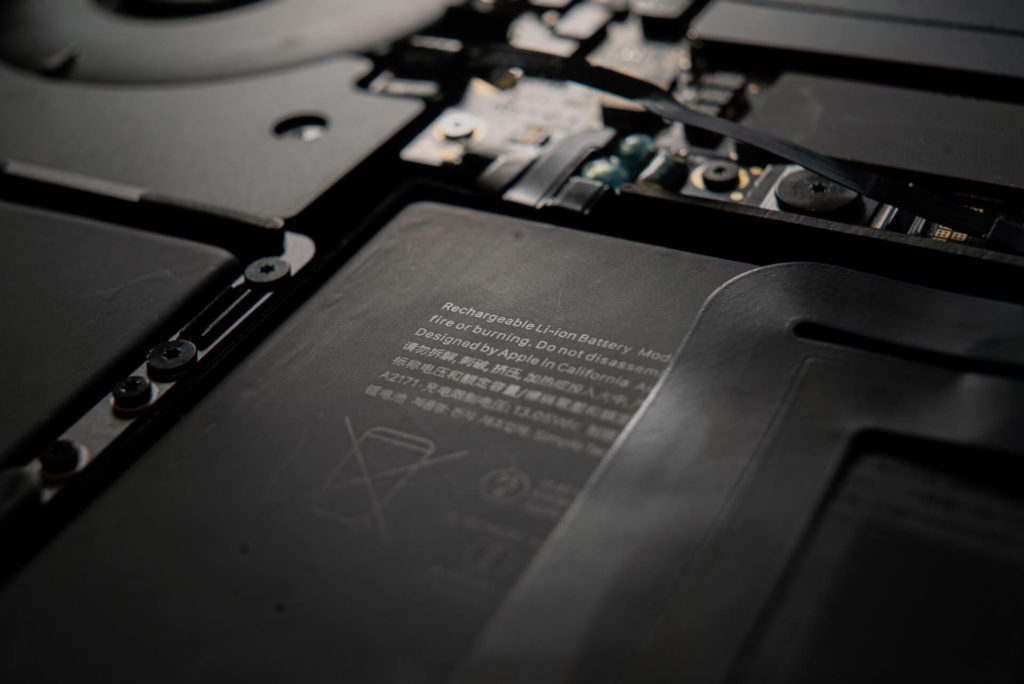Cell Phones to Vaping: The History Behind Explosive Batteries

Batteries have been a mainstay in everyday life in the United States for a little over a century now and there almost isn’t a single household appliance that utilizes them to some extent. Many products rely on disposable AA or AAA batteries, while laptops, tablets, cell phones, and even e-cigarettes utilize more efficient rechargeable batteries. While these components are commonplace, that does not mean they are always safe. Faulty parts and poor designs can lead to painful burns, fires, and even explosions because of defective batteries.
Why Batteries Explode
One of the most memorable incidents of exploding batteries was the Galaxy Note 7 smartphone, which relied on lithium-ion rechargeable batteries. Initially, these devices seemed to be exploding out of nowhere, and within a short period of time, Samsung issued a total recall of all devices to protect consumers from serious injuries. Sadly, this is not the only situation where lithium-ion batteries were faulty, with reports dating back to the 90s, according to an article by Slate.
While there are a variety of batteries on the market, lithium-ion batteries appear to be the primary culprit behind explosions and fires. This is the result of several factors, but it ultimately comes down to the manufacturing of the battery.
Like most modern batteries, lithium-ion batteries utilize chemical reactions to distribute energy into a device. These batteries contain roughly 160-watt hours per kilogram of energy, according to Consumer Reports. To transfer that energy into a device, manufacturers design batteries with positive and negative electrical components that channel electricity through liquid electrolytes that contain lithium salts – hence the name. However, these positive and negative components are not meant to come into contact. When this occurs, the battery can short-circuit, causing the chemicals inside it to heat up rapidly, ultimately leading to a fire.
Manufacturers utilize a plastic barrier to prevent these catastrophic events from occurring, but, as battery designs are optimized to store more power, those barriers can break down and fail, causing an explosion. Thus, many explosive batteries are the result of a manufacturer improperly designing the battery to contain too much energy and failing to reinforce the plastic barrier. These manufacturing defects can lead to extensive trauma for everyday consumers, often involving high hospital bills.
Injuries Caused by Faulty Batteries
One of the most common results of a poorly constructed battery is fire. While most may seem small—given that most batteries fit into the palms of our hands—if the battery is placed against a fabric like clothing, a couch, or a blanket, it can quickly lead to a massive fire. In addition, when the protective barrier is broken in the initial explosion, chemicals can easily fly out of the product, leading to traumatic lacerations, burns, and scars.
In several cases, exploding batteries have led to:
- Serious burns, including chemical burns
- Scarring and disfigurement
- Broken bones and fractures
- Facial fractures, such as with exploding vape pens or e-cigarettes
- Vision loss and eye injuries
Treatment for these injuries will vary depending on the severity of the explosion and how quickly a victim gets treatment. Oftentimes, victims can be left with extensive scars and burns, which may require skin grafts to properly heal. This can put you out of work for some time and leave you with expensive medical bills that you shouldn’t have to pay for alone if a negligent manufacturer caused the explosion.
Lithium-Ion Product Liability Claims and Lawsuits
Pursuing a claim for a battery explosion injury will all depend on the manufacturer and retailer of the product. Many electronic appliances are purchased online nowadays, often through third-party wholesalers who may rebrand a product under different names. This can make it difficult to track down the initial manufacturer, but there are several claims and lawsuits that have already been filed against negligent brands.
Over the years, lawsuits for explosive batteries can include:
Amazon—The e-commerce giant is a major retailer for lithium-ion batteries, ranging from replacement battery packs to portable chargers. While some of these products are actually owned and developed by third-parties, Amazon has had to issue a recall over their own AmazonBasics portable chargers in 2018, which led to multiple injuries and fires, according to the United States Consumer Products Safety Commission (CPSC).
Hewlett Packard—The computer manufacturer also had to issue a major recall regarding lithium-ion batteries in laptops and workstations in 2018 after the batteries overheated and melted.
E-cigarette battery manufacturers—Several lawsuits have been filed against various manufacturers of vape pens and e-cigarettes that utilize lithium-ion batteries. The claims range from explosive batteries that have injured plaintiffs’ eyes to wrongful death claims as a result of a fire. This issue has become so widespread that the United States Food and Drug Administration (FDA) has produced guidelines to prevent vaping battery explosions.
If you or someone you loved was injured by a faulty battery, then you may be eligible for compensation from the manufacturer or retailer. But to determine if you have a case and what damages you can recover, you will want to speak with a knowledgeable Omaha product liability attorney at Bottlinger Law L.L.C. When you bring your case to us, our legal team can review your medical report, how your injuries occurred, who caused you injuries, and how to move forward with a claim. Call us at (402) 505-8234 to learn how to hold negligent manufacturers accountable for your injuries.
Bottlinger Law
Consultation Form
Our legal team is ready to help. Please fill out the form below to set up a free consultation with the Bottlinger Law team.